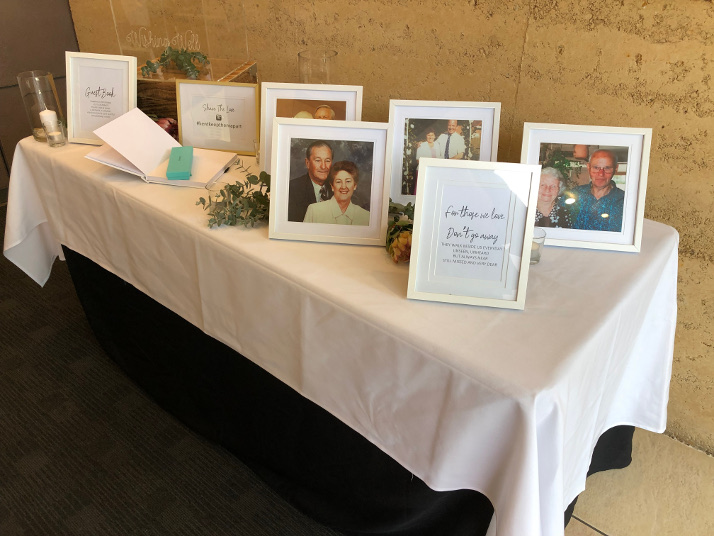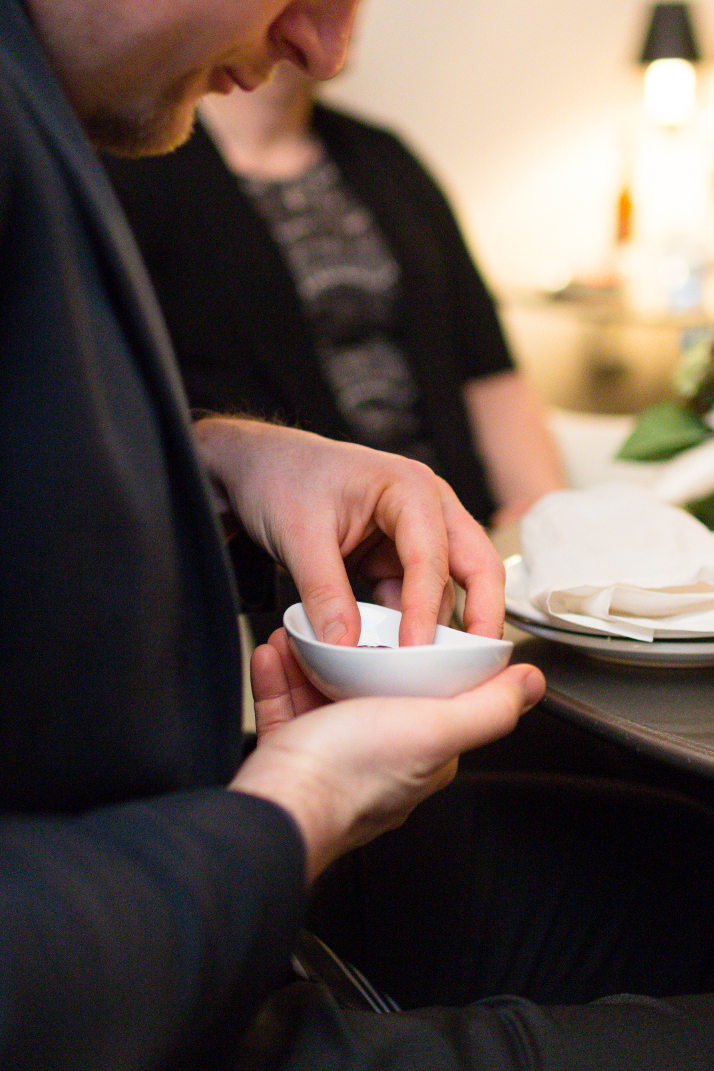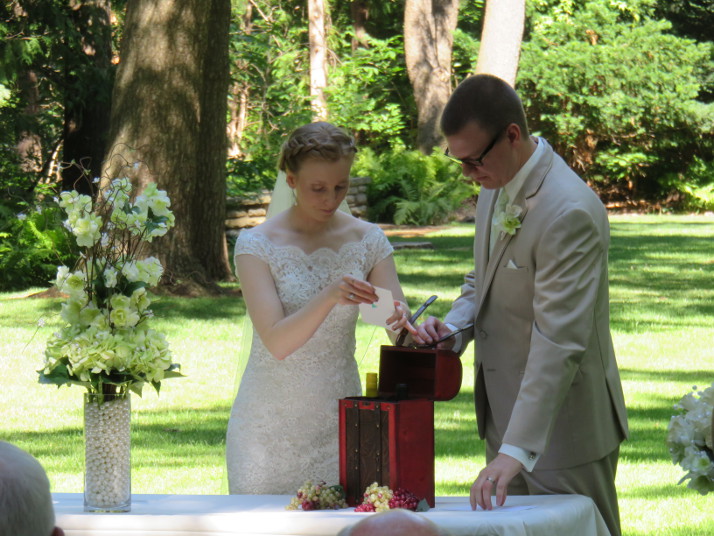Unexpected Ceremony Venues
Unexpected ceremony venues can give your wedding day an extra bit of sparkle and interest. Staging your day at a location that speaks to you as a couple is a great way to personalize the entire wedding experience. Looking outside the box when it comes to wedding venues takes a little creative thinking, but can really pay off.
Are you craft beer enthusiasts? Contact local craft breweries to see if they can host your wedding. Locally, Forager has a garden and private rooms that can accommodate smaller, intimate groups. Maybe wine is your thing. We have a number of wineries in southeastern Minnesota that host weddings, including Four Daughters in Spring Valley, Chankaska Ranch and Winery in Mankato, and Cannon River winery.
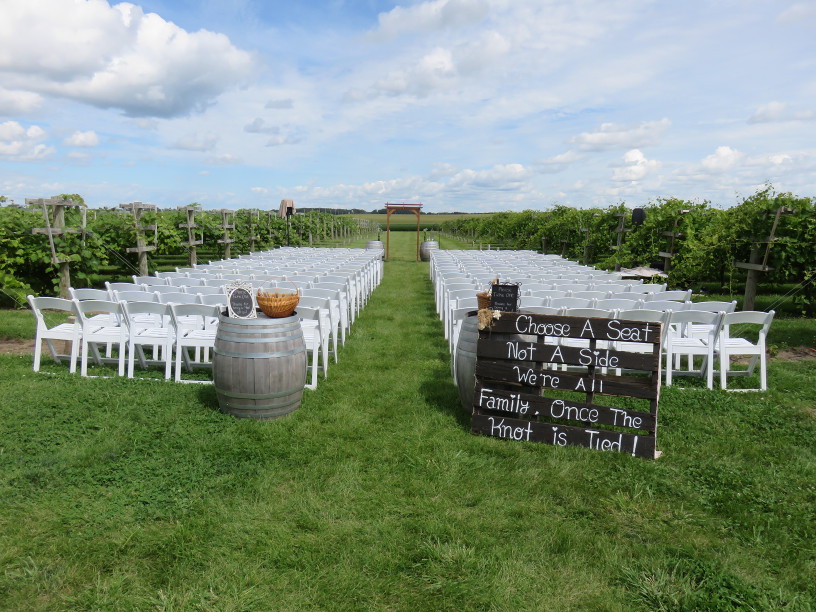
Like being in the spotlight? Or maybe you’re an amateur thespian. Check out the rental options at Rochester Civic Theatre and you can be the star of your own show. This couple shared their first date at this very spot and love all things theater, so it was their perfect wedding venue.
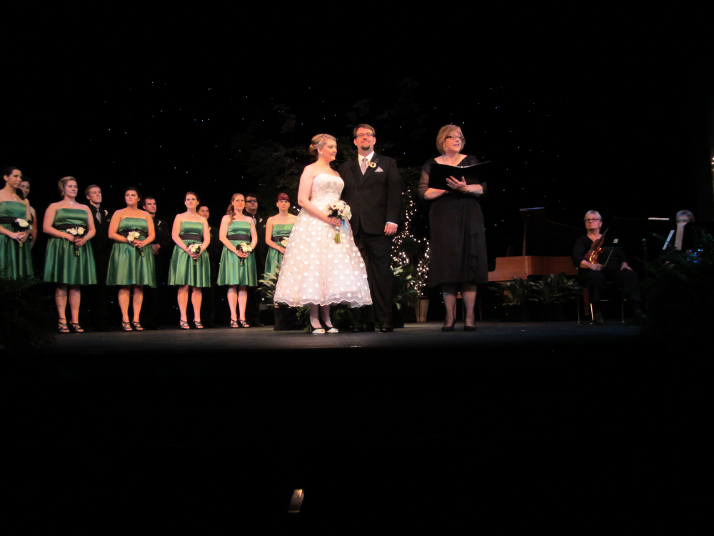
Campgrounds may be one of the most unexpected ceremony venues I’ve encountered, but it worked perfectly for this couple. They loved to camp, and knew of a picturesque state park where they could reserve a large campsite complete with cabins for their guests. Everyone was invited to stay overnight and keep the celebration going.
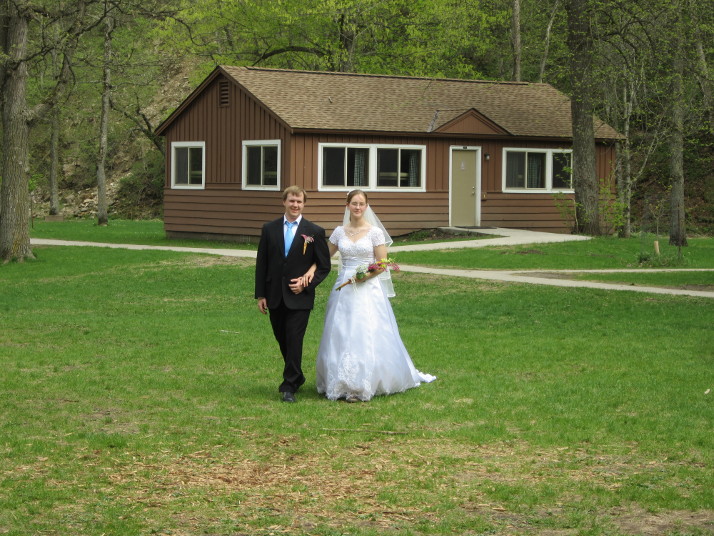
Other unexpected ceremony venues to consider are museums and libraries where your guests can be entertained before or after the ceremony. For example, a science museum wedding was the perfect venue for an couple of engineers and their guests. The opportunity to rent an entire B&B or small resort offers a private space and housing for your guests traveling in from out of town.
While traditional wedding venues offer many amenities and can help make your day go smoothly, consider unexpected wedding venues as a way to put a unique stamp on your wedding day.

